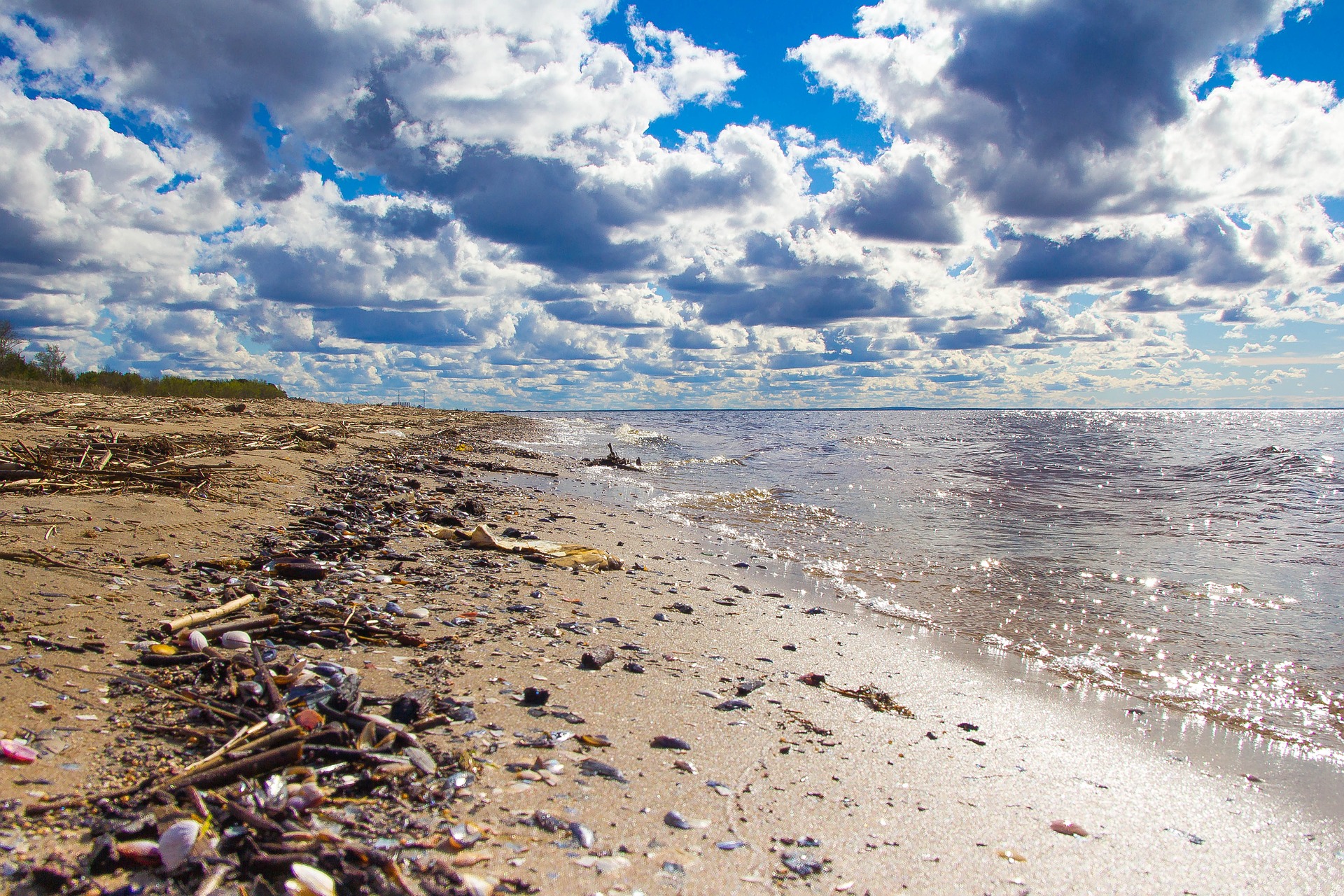Climate Scientists Unlock Secrets of ‘Blue Carbon’
Results from soil survey could bolster efforts to monitor and protect wetlands around the globe.
Author: Jeff Tollefson | Published: January 9, 2018
Tidal wetlands come in many forms, but they could be more alike below the surface than anyone realized. Whether it’s a mangrove forest in Florida, a freshwater swamp in Virginia or a saltwater marsh in Oregon, the amount of carbon locked in a soil sample from each of these coastal ecosystems is roughly the same.
That’s the surprising message from a new analysis of some 1,900 soil cores collected around the United States during the past few decades. “In terms of carbon stocks, all tidal wetlands are very, very similar,” says Lisamarie Windham-Myers, an ecologist with the US Geological Survey (USGS) in Menlo Park, California, who is leading a 3-year, US$1.5-million assessment of coastal carbon funded by NASA. “The variability that everybody expected just doesn’t exist.”
Her team presented its findings last month in New Orleans, Louisiana, at a meeting of the American Geophysical Union; the researchers plan to publish data from 1,500 soil cores online as early as this month, and hope to release information on the remaining 400 later this year.
The discovery could bolster efforts to assess and protect the world’s coastal wetlands. These ecosystems accumulate vast stocks of carbon that are released into the atmosphere when wetlands are destroyed. Development alters some 800,000 hectares of coastal wetlands around the world each year, sending roughly 500 million tonnes of carbon dioxide into the atmosphere — double the carbon emissions of Spain in 2016.
Blue carbon
Over the past decade, scientists and policymakers have pushed to protect the carbon stored in coastal wetlands, known as blue carbon. The goal is to address climate change while protecting ecosystems that sustain fisheries, improve water quality and protect coastlines against storms. But raising money to support such efforts often requires determining precisely how much carbon these ecosystems hold, and how it accumulates over time.
Windham-Myers’s team reanalysed raw data from some 1,500 sediment cores collected over the past several decades, and 400 newer samples. The data showed a clear relationship: the density of soils decreased as the fraction of carbon in those soils increased, and vice versa. As a result, the amount of carbon in any given cubic metre of soil remained roughly the same, regardless of differences in vegetation, climate, topography or water chemistry across blue-carbon ecosystems.

